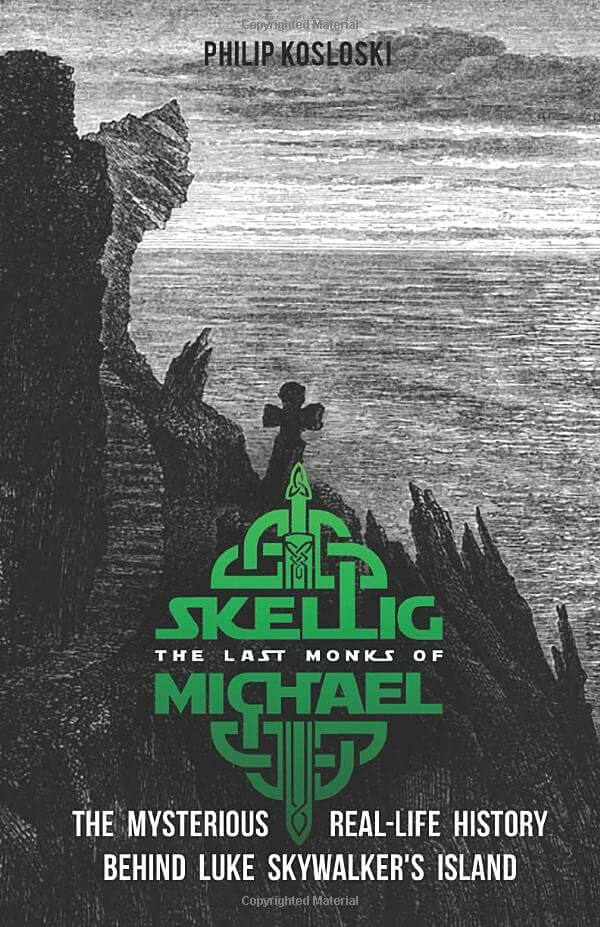Genre
Audience
Author’s Worldview
Catholic
Year Published
2019
Themes
Reviewed by
G.M. Baker
Christian stories have been largely purged from contemporary culture, and so Catholics today are often unaware of the great stories and history of the Christian past. However, elements of those stories do still come through in many ways in today’s books and movies. Revealing the Christian stories that lie underneath today’s cultural works is an important part of preparing Catholics to deal with contemporary culture and of fostering a Catholic literary revival. This small volume is a welcome contribution to this effort.
Finding the Christian sources and parallels of contemporary stories can be a perilous business, however. One can easily build on too slight an association, or discover a relationship that is nothing more than an ancient trope which has Christian examples but is not Christian in its origins. When the Christoper Reeve Superman film was released with the then intriguing slogan, “You will believe a man can fly,” I saw an article in a newspaper by a Catholic Priest claiming that Superman was actually a Christ figure. Clearly the reverend gentleman had not read The Hero with a Thousand Faces, which shows how the hero’s journey plays out similarly in many cultures. Superman is much nearer to Apollo than to Christ. Fortunately, Philip Kosloski does not fall into this trap, but shows how the Christian elements are admixed with elements of other cultures to form the mythology of Star Wars. The Christ story differs from the general hero trope in unique and salvific ways. Kosloski wisely avoids claiming any Star Wars character as a Christ figure or Jedi Knights as true models of Christian Monasticism.
There are other perils in a project of this kind. Some writers treat tales of Christian monastics, particularly the more extreme and fantastical manifestations of them, such as St. Anthony or the monks of Skellig Michael, with fashionable condescension, while others treat them with a kind of aggressive credulity that demands assent to every jot and tittle of the myth. Again Kosloski sails a deft course between this Scylla and Charybdis, laying out both the practical physical aspects of the tale and the spiritual and miraculous elements with an even hand.
What one often loses in the attempt to understand the lives of ages past is the simple continuity of the spiritual and physical aspects of their lives as they lived and understood them. Even those of us who accept the reality of the spiritual are accustomed to treating it as a separate and discrete thing. But Kosloski here lays out the monk’s physical and spiritual experiences as one continuous and integral experience, without judgement or psychoanalysis.
As Kosloski notes, the Knights Templar did more to inform the creation of the Jedi than did the peaceful monastic settlement of Skellig Michael. But Kosloski makes the point that the monks of Skellig Michael saw themselves as engaged in spiritual warfare, an aspect of the Jedi discipline that also occurs in the films. Military metaphors of this sort have largely been purged from the culture and literature of the Church today, which I think is a great pity, and a piece of historical myopia that Kosloski’s book may in some small measure help to correct.
It is good that people should be led back into the roots of the stories that they enjoy, for the root is always more ancient and more vital than the branch. The branch here, Star Wars, is an admixture of many things, many strange grafts upon an ancient root, and sometimes bearing exotic fruit. But in leading the reader who begins with Star Wars back to the roots of its mythology in Christian monasticism, and therefore to the roots of monasticism itself, this small book may do them the great service of opening to them the many other branches which grow from that live root.
A reader who comes to this book seeking a rigorous or scholarly history of monasticism on Skellig Michael will be disappointed. That is not what this book is for. Rather, it seeks to open a door that might lead the reader who has grown up with Star Wars to the deeper exploration of many subjects, monasticism and Skellig Michael among them. As such, its brevity and simplicity are a virtue.
Books such as this one can do a sterling service to readers both by pointing out the presence of Christian elements and influences in popular culture, and by showing the greater and fuller stories of which contemporary culture presents merely shadows and echoes. We need more books like The Last Monks of Skellig Michael to continue this important work.



